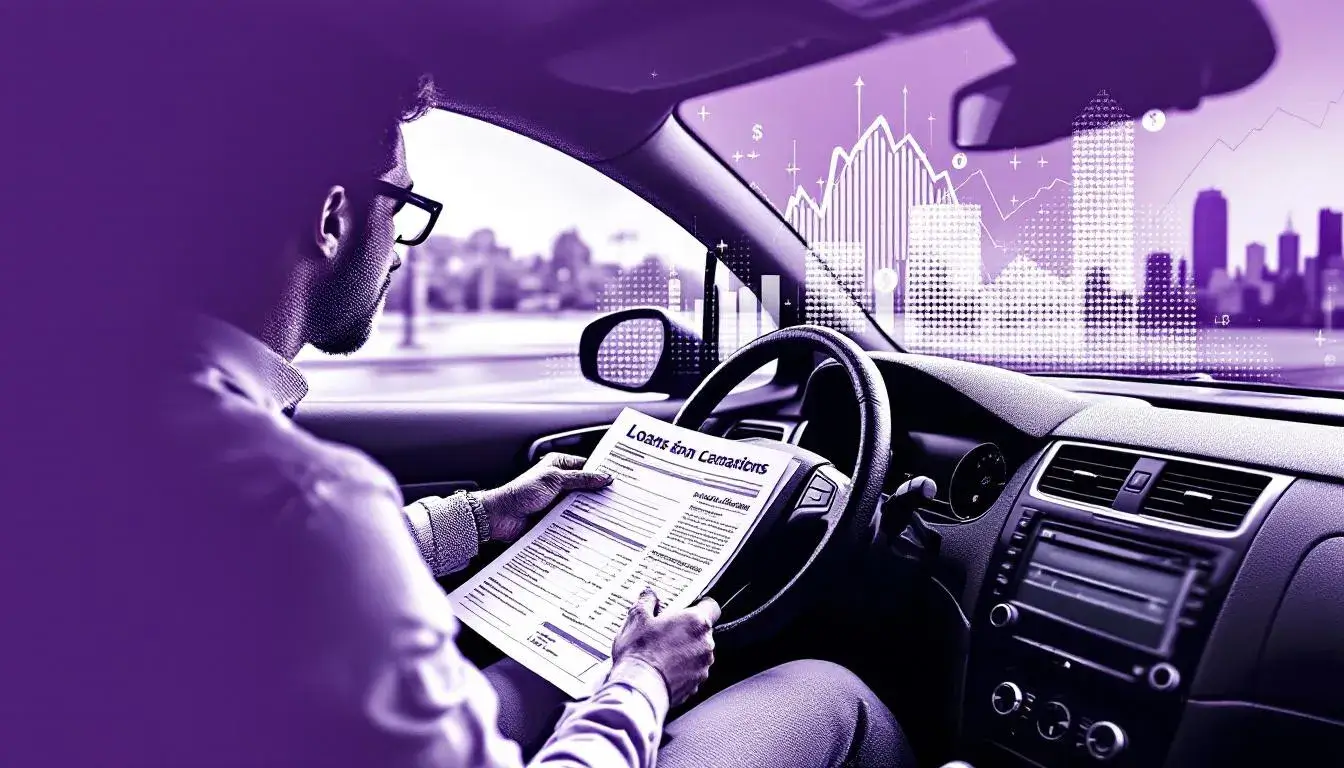
Maximising the Value of £600: Smart Finance Choices

Making the Most of £600 in Today’s Market
A sum of £600 can open doors to financial stability or opportunity, whether you’re considering saving, borrowing, or investing. Understanding your options ensures you use this amount wisely, aligning your choice with your goals and circumstances.
Who Should Read This?
If you’re a UK resident with £600 to manage—whether it’s unexpected income, savings, or a potential borrowing need—this guide is for you. It’s designed for anyone seeking to make informed, practical decisions about modest sums.
Key Financial Concepts for £600
Interest Rate: The cost of borrowing or reward for saving, expressed as a percentage. For savings, look for higher rates; for loans, lower is better.
APR (Annual Percentage Rate): This shows the true cost of borrowing, including fees—crucial for comparing loans or credit cards.
Term: The period over which you repay a loan or keep money in savings. Shorter terms generally mean less total interest paid or earned.
Secured vs Unsecured: Secured loans require collateral, while unsecured do not. For £600, most options will be unsecured.
Credit Score: Your credit history affects eligibility and rates for borrowing.
Understanding these basics can help you avoid costly missteps and find the most effective way to use £600.
Options for Using or Accessing £600
1. High-Interest Savings Accounts
If you don’t need immediate access, look for fixed-term or regular saver accounts with competitive interest rates. Some challenger banks offer attractive rates for smaller balances.
2. Short-Term Loans
If you need to borrow £600, consider personal loans or overdrafts. Compare APRs and fees carefully. Avoid payday lenders due to high costs.
3. Credit Cards
A 0% interest credit card can spread the cost of purchases. However, check eligibility and revert rates.
4. Investing
Platforms now allow investments from as little as £100. Options include stocks & shares ISAs or robo-advisors. Note the risks—capital is at risk and returns are not guaranteed.
5. Debt Repayment
Using £600 to pay down high-interest debt can offer a ‘return’ greater than most savings rates.
6. Essential Spending
Covering urgent expenses, such as car repairs or utility bills, can prevent further financial stress.
Costs, Returns, and Risks
Savings: Returns are low but guaranteed and risk-free under the FSCS up to £85,000.
Loans: Interest rates vary; missed payments can damage your credit score and incur fees.
Investments: Potentially higher returns, but risk of loss. Investments can go down as well as up.
Credit cards: 0% deals are attractive but missing payments or using cash advances incurs high charges.
It’s essential to weigh the certainty of savings against the risks and potential returns of other options.
Eligibility, Requirements, and Conditions
Savings accounts may require proof of address and ID.
Loans and credit cards require credit checks; better scores mean better rates.
Investments require you to be 18+ and may involve suitability checks.
Overdrafts may require an existing current account.
Always check minimum deposit or income requirements, and be aware of any early repayment or withdrawal penalties.
How to Use or Access £600: Step-by-Step
Define your financial goal for the £600
Compare savings, borrowing, and investment products
Check eligibility for your chosen option
Gather necessary documents (ID, proof of income)
Apply or transfer funds through your provider
Review and confirm terms and conditions
Monitor account or repayment schedules
Reassess your decision periodically
Pros and Cons of Each Option
| Option | Pros | Cons |
|---|---|---|
| Savings | Safe, low risk, easy access | Low returns |
| Loans | Quick access, fixed terms | Interest, fees, credit risk |
| Credit Card | Flexible, 0% offers possible | Can hurt credit, fees |
| Investment | Higher potential returns | Risk of loss |
| Debt Repay | Immediate “return” | No liquidity |
Consider your risk tolerance, need for access, and long-term goals before deciding.
What to Watch Out For
Hidden fees: Check for setup, early repayment, or withdrawal fees.
Introductory offers: 0% rates may revert to high APRs.
Minimum terms: Some products require you to lock in your money.
Credit impact: Applications and missed payments can affect your score.
Scams: Only use regulated providers.
Read the fine print and don’t be rushed into decisions by limited-time offers.
Alternative Options
Credit unions: May offer affordable loans for smaller amounts.
Friends/family: Borrowing informally can be cost-free but risky for relationships.
Budgeting apps: Help stretch £600 further by tracking spending.
Government support: In hardship, consider local council grants or benefits.
Explore all avenues before committing to borrowing or investing.
Frequently Asked Questions
Can I borrow £600 with bad credit?
Yes, but you’ll pay higher interest. Consider credit unions or guarantor loans.
Is it better to save or invest £600?
For short-term needs, savings are safer. For long-term goals, investing may offer higher returns but involves risk.
How quickly can I access a loan?
Many lenders offer same-day approval, but check terms and eligibility before applying.
Are there fees for early loan repayment?
Some lenders charge early settlement fees. Read your agreement carefully.
What if I can’t repay?
Contact your lender immediately. They may offer payment plans, but missed payments harm your credit score.
Is my money protected in savings?
UK bank deposits are protected up to £85,000 by the FSCS.
Next Steps
Define your primary goal for the £600, then research the most suitable product or provider. Always compare fees, rates, and terms. If unsure, seek guidance from a regulated financial adviser or charities like Citizens Advice.
Disclaimer
This article offers general information, not personalised financial advice. Product details and eligibility criteria may change. Always verify with the provider and consider your personal circumstances before making financial decisions.
Buy now, pay monthly
Buy now, pay monthly
Some of our incredible partners
Our partners have consistently achieved outstanding results. The numbers speak volumes. Be one of them!


Avie Gas Services

Advance Forward Two Work










